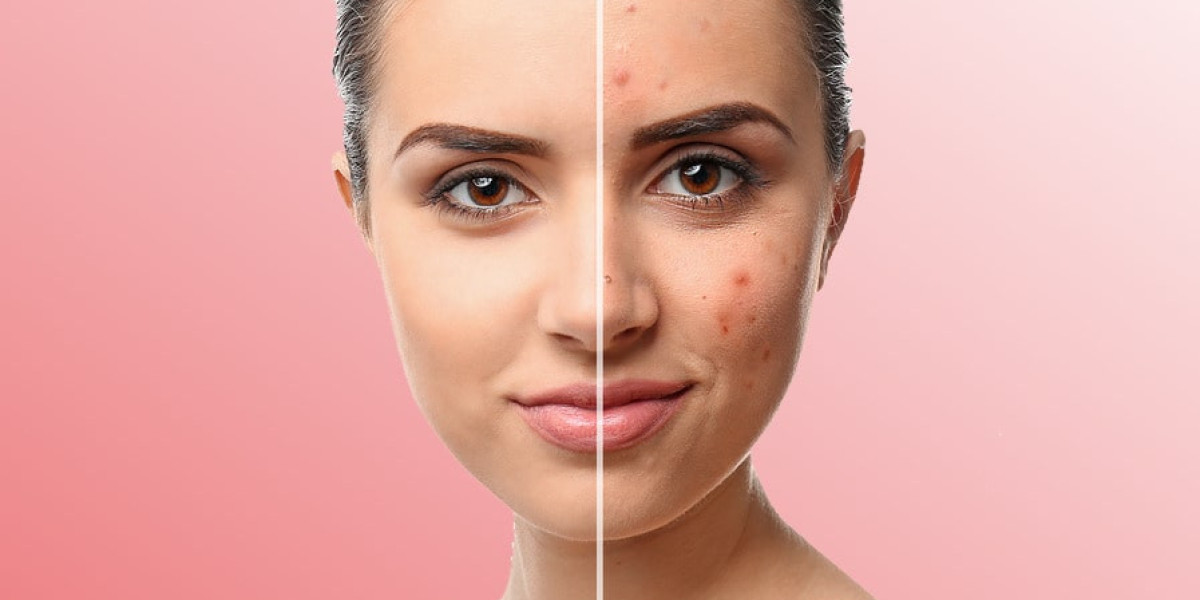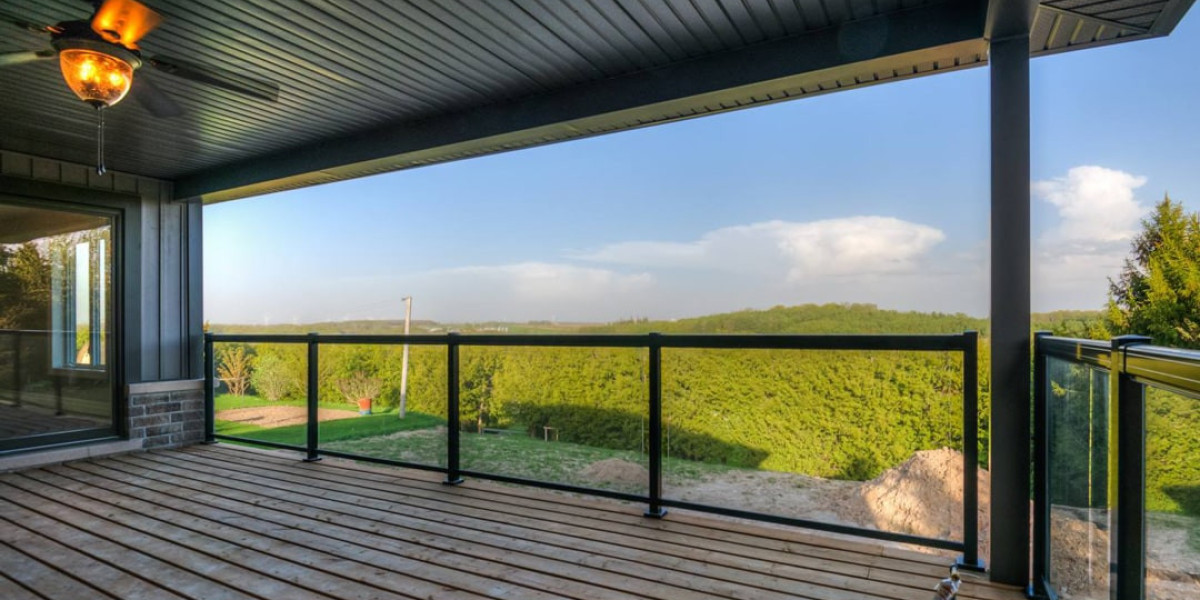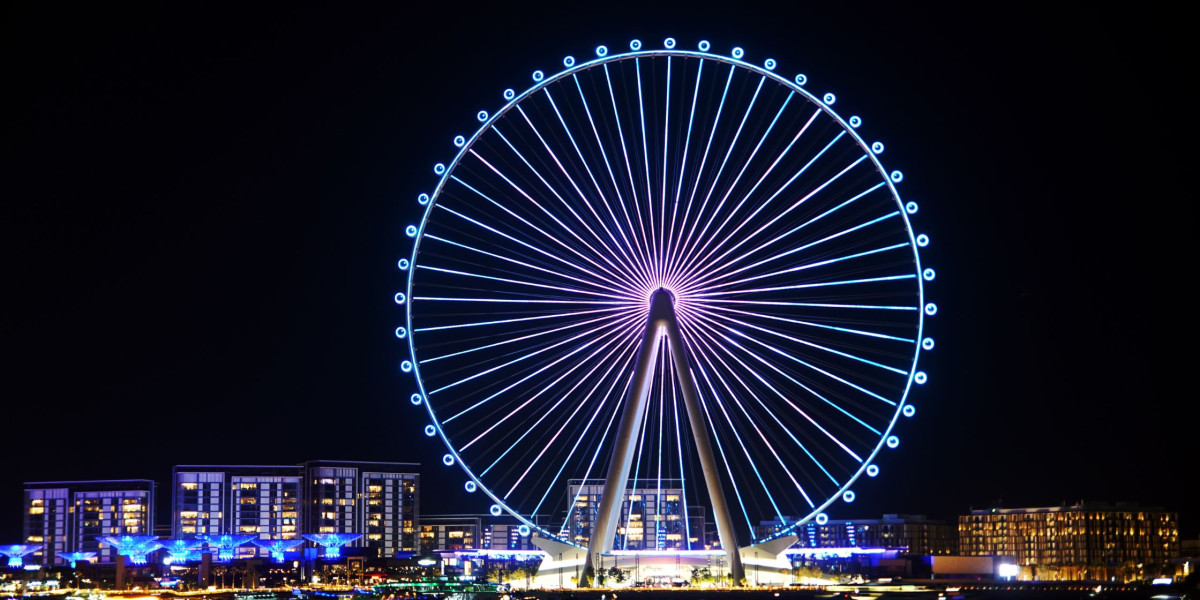Acne is a common skin condition affecting millions around the globe. The tiny holes in the skin, called pores, are sometimes blocked by excessive oil, dirt, dead cells, or bacteria, causing your skin to develop a pimple or zit. If you frequently experience outbreaks of several pimples at once, you may be dealing with acne—a skin condition categorized by the reoccurrence of pimples.
While primarily prevalent among teenagers, acne can affect adults well into their 30s and beyond, causing significant distress and impacting self-esteem. Moreover, there are multiple acne clinical trials conducted to explore this skin condition and the potential treatment possibilities to help those suffering from it. Understanding the various treatments available can help manage this persistent skin condition and lead to clearer, healthier-looking skin. Therefore, this blog shares some valuable insights that can be explored to comprehend the nature of this skin condition and resort to treatment options suitable for your skin type. So, keep reading!
Exploring Different Types & Levels of Acne
For many individuals, acne might seem the same to them. However, acne manifests in a range of forms, each with its unique sets of characteristics. Some of them are briefly discussed below:
Whiteheads (Closed Comedones): Whiteheads emerge as small, pale bumps on the surface of the skin. They develop when hair follicles are blocked by oil and dead skin cells, with the pore remaining closed.
Blackheads (Open Comedones): Black headed spots on the surface of the skin are formed when hair follicles are obstructed by oil and dead skin cells. Nonetheless, the pores stay open allowing the blockage to oxidize and turn black.
Papules: Papules are small, inflamed, red or pink bumps that appear when the walls of hair follicles break down due to inflammation.
Pustules: Pustules are inflamed, red lesions similar to papules but filled with pus, often presenting with a white or yellow centre.
Nodules: Nodules are enlarged and tough bumps under the skin or inside the surface, appearing to be more severe as compared to papules or pustules particularly because of their size and depth.
Cysts: While cysts can be considered the most extreme form of acne, they can still be controlled. Cysts are large, tender, pus-filled lesions that are deeply embedded under the skin.
In addition to the types of acne discussed above, there are levels or grades of acne, depending upon the severity. Spanning from mild and manageable to severe or extreme cases. Some of them are discussed below:
Mild: Mild acne can be classified as occasional acne with minimal breakouts, mainly consisting of a few whiteheads and blackheads, with the occasional appearance of small papules or pustules.
Moderate: Individuals with moderate acne may suffer from a greater number of lesions with an increased ratio of papules, pustules, and occasional nodules.
Moderately Sever: This grade is marked by numerous papules, pustules, and nodules, affecting a larger area of skin.
Severe: Severe acne is characterized by extensive and intense breakouts, including a significant number of all types of lesions, accompanied by notable inflammation.
Primary Causes of Acne
The four primary causes of acne may include inflammation, clogged hair follicles, bacterial growth, and an overproduction of sebum. Genetic predispositions and various external or lifestyle influences can further trigger these fundamental causes. Furthermore, stress, humidity, and hormonal fluctuations can aggravate acne and intensify symptoms.
Additionally, certain medications and dietary habits are known to contribute to the severity and frequency of acne flare-ups. Despite common beliefs, there is little scientific evidence to support the idea that chocolate and greasy foods cause acne. However, understanding the natural causes and debunking myths about acne is essential for effective management.
When it comes to managing acne, gentle handling of acne-prone skin is key. Understanding the potential causes can help you take control of your skin. Moreover, avoiding aggressive scrubbing and the temptation to squeeze pimples, which can aggravate the condition, is crucial. By adopting these practices, you can feel reassured that you're doing the best for your skin.
Effective Acne Treatment Options
There can be two obvious routes taken for effective acne treatment. These options may include over-the-counter acne treatment and prescription treatments for acne. These two routes are explained below:
Over-the-counter Acne Treatments
Regular Use of Face Wash: Regularly washing the face with a mild soap or face wash suitable to your skin type might help in controlling excessive sebum and clear debris. However, excess rubbing of the skin may cause damage and this option might not work for existing acne.
Mild Cleansers: Numerous cleansers marketed for acne contain active ingredients such as benzoyl peroxide, glycolic acid, salicylic acid, or sulfur, which can help in treating acne.
Benzoyl Peroxide: Benzoyl peroxide is effective for mild acne as it is believed to mitigate acne causing bacterial growth. It is available in various forms, including creams, lotions, washes, foams, cleansing pads, and gels.
Salicylic Acid: This option may help in controlling shedding of skin cells and unclogging pores that further aids in managing acne lesions. Salicylic acid needs to be used religiously as its discontinuation may cause the acne to reappear.
Sulfur: Sulfur helps in forestalling clogged pores and bacterial growth but is generally not used alone due to its unpleasant smell and potential to discolor the skin.
Retinol Gels and Creams: Retinol prevents pimples by promoting cell turnover and unblocking pores. It may initially worsen acne as it acts on pimples forming under the skin. Continuous use is crucial, with results typically seen in 8-12 weeks.
Herbal and Organic Medications: Natural or organic products claim to prevent and work on acne. However, less evidence is available to prove the efficacy of such products. Most probably they are unlikely to offer significant benefits.
Prescription Treatments of Acne
Antibiotics: Antibiotics are effective in combatting acne and reducing inflammation. Two types of antibiotics are used in the treatment of acne: topical antibiotics and systematic antibiotics. However, both of these must be used under strict supervision of medical healthcare professionals.
Retinoids: Retinoids, available in topical or oral forms, affect skin growth and shedding to treat moderate-to-severe acne. They can be used in combination with other acne products but may cause side effects like redness and dryness.
Azelaic Acid and Dapsone: These two have anti-bacterial and anti-inflammatory properties and therefore, these can be used for mild acne.
Clascoterone: This particular topical treatment can be considered new to the market that can be used for treating acne-causing hormones and reducing acne for both males and females over 12 years of age.
Triamcinolone Injections: Triamcinolone, a corticosteroid solution, is injected directly into acne nodules to reduce inflammation.
Things to Consider
Prescription treatments for acne often have specific requirements and potential side effects, so it's crucial to consult a healthcare professional to determine the most suitable option based on your needs and medical history. Medications must be used under strict supervision of healthcare providers for a certain period.
Tips Maximizing Effectiveness of Acne Treatment
Certain tips are recommended by dermatologists for optimal acne care and better treatment. Following tips may help curb the adverse effects of acne:
Practice Clean Skin Care: Regularly washing your face twice daily may help reduce acne and inflammation by controlled sebum production. Avoiding excessive scrubbing of the face through washcloth or sponges is yet another tip for managing acne.
Choose Suitable Skincare: Products that prevent skin irritation are recommended. Avoiding harsh products such as astringents, toners, and exfoliants are advisable as they dry out the skin exacerbating acne.
Staying Compliant to the Treatment: Give your acne treatment time to work, as switching products too frequently can irritate the skin and worsen breakouts. It may take several weeks to see results, so patience is key.
Refrain from Touching Your Face: Avoid touching your face throughout the day, as this can exacerbate acne flare-ups. Resist the urge to pick or squeeze acne lesions, as this can prolong healing and increase the risk of scarring.
UV Protection: Avoid sun exposure and tanning beds, as they can worsen acne and increase the risk of skin cancer. Some acne medications can also make the skin more sensitive to UV rays, so sunscreen is essential.
To Summarize
Fighting acne could be tricky. From affecting physical appearance to harming self-esteem to a considerate level—acne might put you through many challenges. However, managing acne requires lifestyle changes, home remedies, and medical treatments. While mild acne might be controlled with over-the-counter products, more severe forms might necessitate professional treatment. Furthermore, clinical trials in Boston and other studies have been conducted previously to manage acne efficiently and provide favorable results to people suffering from acne.
Additionally, patience and consistency are the key to all treatments. Regular consultations with a dermatologist can also ensure that you find the most effective treatment regimen for your specific skin type and acne condition. Remember, clearer skin is achievable with the right approach and a bit of time.
Finally, no matter how the skin looks, embracing yourself and wearing a confide








